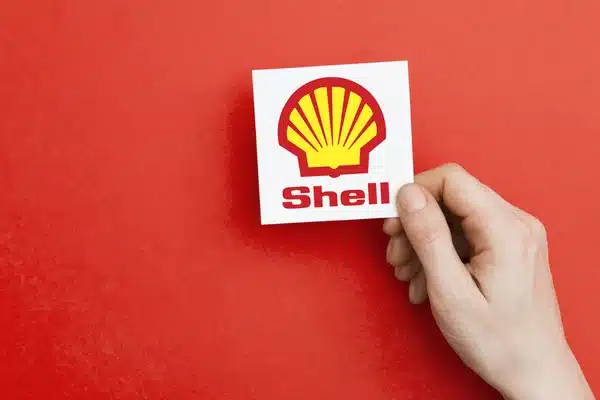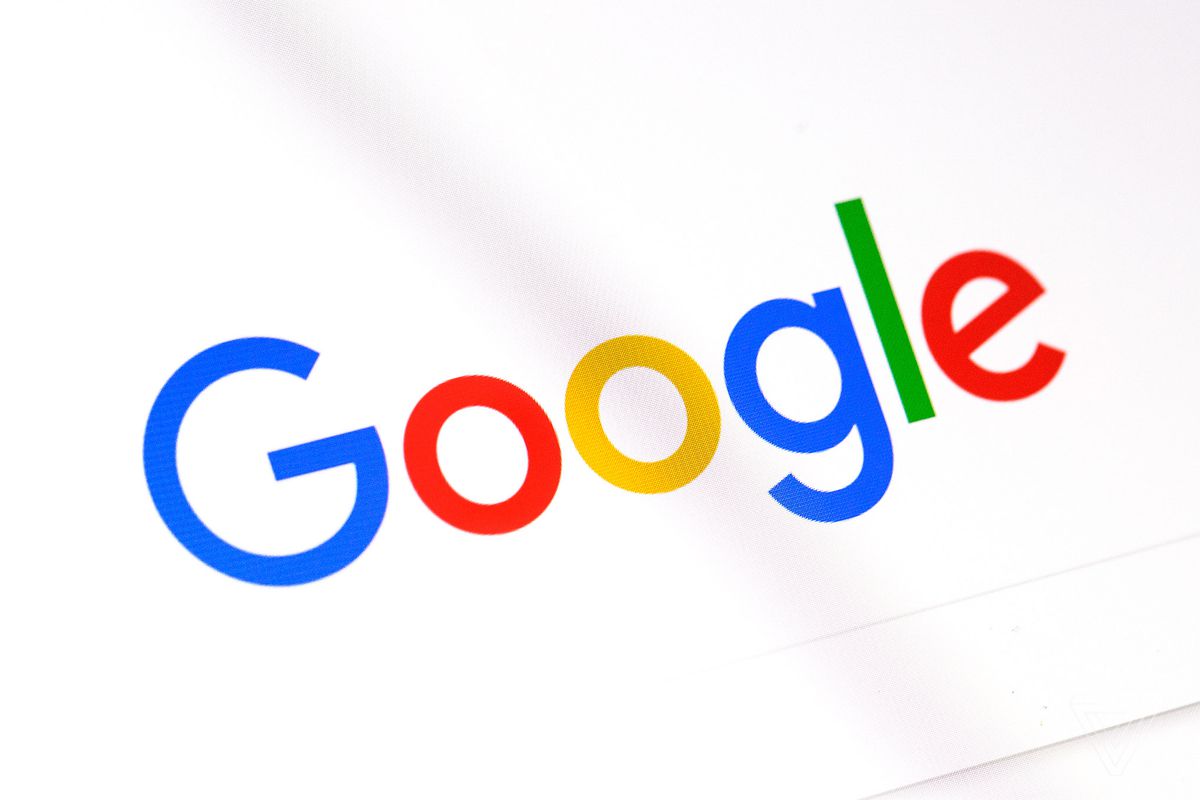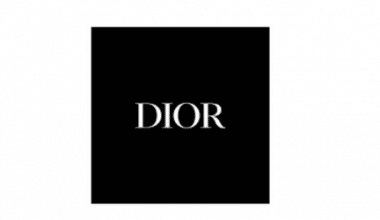The Hague, Netherlands-based Royal Dutch Shell plc, also known as Shell, is a global oil and gas corporation with its registered office in the Shell Centre in London, United Kingdom. It is also the second-largest energy conglomerate and the fifth-largest company in the world, according to the Forbes Magazine list for 2011. Its operations cover almost every part of the oil and gas industry, such as production and exploration, refining, supply and marketing, trading, making petrochemicals, and making electricity.
It is also very involved in projects that use renewable energy sources like solar, wind, hydrogen, and biofuels. On the other hand, the Shell logo, which has been around for more than 100 years, has come a long way to become the well-known face of the billion-dollar business. It is a sign of brilliance in business, and many graphic designers have been influenced by it. In this article, we’ll look at how the famous Shell logo became the most well-known in the oil and gas industry.
Shell Logo: Meaning and Background
Shell is a trademark of the British-Dutch company Royal Dutch Shell, whose main business is getting chemicals from fossil fuels and making them. It sells power, sulfur, biofuels, LPG, hydrogen fuels, and petroleum goods. The Netherlands Central Institute for Giro Securities owns about 40% of the shares.
Shell Transport and Trading Company Ltd. gave the company its name and trademark. The truth is that this corporation was disconnected from the oil and gas sector in the 1930s. Marcus Samuel, a businessman who sold boxes embellished with sea mollusc shells, started it.
Every Shell logo is very similar, with the exception of a few small design changes. They feature a sizable shell, sometimes with or without a signature. It used to have an oval-shaped bivalve mollusc shell, but that was replaced by a circular scallop between 1900 and 1904.
The drawing was in black and white until 1948. Later, the people who made the brand decided to use a red and yellow color scheme to make it stand out and look good. At that point, the term “SHELL” made its first appearance on the logo. It turned crimson in 1955 and then vanished in 1971. Raymond Loewy, a designer, suggested this alternative. The shell once again received an inscription that year, but it was added to the bottom this time. The word’s font underwent a makeover in 1995, with the letters becoming more rounded.
1900: Initial Logo
The original Shell logo was merely a simple doodle of a shellfish that lacked any color when it was created in 1900. The straightforward design of a mollusk shell limited the designer’s ability to experiment. The worst part was that the emblem’s graphic designer could not employ any colors, making it appear even more unappealing. But the business kept using this symbol for four long years.
1904: Second Logo
In 1904, the original Shell emblem got its first significant modification, becoming a scallop shell. Sadly, it did not astonish the crowd and was ignored. Surprisingly, Shell continued to use it for more than 20 years as its brand identity. Why? We wonder.
1930: Third Logo
In 1930, the Shell logo underwent its third makeover, becoming more symmetrical and formal. The pattern looked more like a crown, which made it seem like the company ruled the energy sector. The addition of yellow to the Shell emblem in this facelift was significant. The audience liked the new look, and it remained the brand’s face for almost 20 years.
1948: Fourth Logo
The fourth attempt to rework the emblem failed partly because the final product lacked some originality and resembled a hot air balloon. The emblem, however, now has a more dynamic appearance because of the addition of a new red shade. The presence of the firm name in the logo was an additional noteworthy aspect. Unfortunately, the audience was not impressed by the overall design.
1955: Fifth Symbol
In order to make the Shell emblem appear more sturdy, the red strokes from the previous version were deleted; the name of the company remained intact. The audience found this to be a welcome adjustment, and it also served as inspiration for future modifications to the emblem.
1961: Sixth Logo
In 1961, when a red square was added to the old design, the Shell logo went through a big change. There was no significant change aside from this. For six arduous years, it remained the Shell logo.
1971: Seventh Logo
The Shell logo’s history reached a critical point in 1971. For the following 23 years, the company’s visual identity was the newly produced design. In this instance, the inner yellow lines’ border has been created by trimming and cutting through the red lines. To give the design a clean appearance, the brand name was moved from inside the emblem to beneath it. As part of its branding strategy for its retail businesses, Shell tried to change its logo, and the new one looked classy and appealing.
1992: Eighth Logo
Another crucial year in the development of the Shell logo was 1992. This time, the company made the decision to remove its name from the emblem, which kept people’s attention for more than two decades.
1999: The Ninth Logo
Since 1992, there haven’t been any significant changes to the logo’s design, however, in 1995, the colors of the emblem underwent their ninth and final revision. To prevent coming out as overly aggressive and bold, they were muted. The redesigned logo looked more appealing and professional than the preceding iterations.
The Shell Oil Logo
The word “Oil” has been added to the Shell logo on many occasions during its history. When Shell wasn’t very well known, one of the earliest logotypes included the wordmark “Oil Company” as an explanation. The words “Premium Oil” and “Shell Helix Motor Oils” were written in the Shell Oil logo’s early iterations.
The Shell Gas Logo
The Gas logo is a stylized representation of a seashell that resembles the company’s main logo. The color scheme is based on blue and white, which is appropriate given that gas is a blue color. Cursive letters form the wordmark “Gas,” which features a flame in the letter “A.”
It is now simple to recognize the Shell emblem even without knowing the brand name. Think of the Nike swoosh, the golden arches at McDonald’s, the mermaid at Starbucks, the roundel at Target, and the bitten apple at Apple. Such should be a good brand logo’s potential.
Elements of the Shell Logo Design
Throughout the first seven decades of the previous century, the Shell logo experienced numerous alterations. However, its spirit, which was symbolized by its crown-like design and red and yellow hues, remained constant. Raymond Loewy’s 1971 logo was a ground-breaking design. It would be interesting to know which design components the logo’s master designer used.
Shape
The Shell logo was redesigned, but its crown shape remained unchanged. The form is really the mollusk shell’s protective outer casing. The logo’s design conveys the company’s unmatched reputation. The company chose the shape of a mollusc shell appropriately to represent its king-size prominence in the business world.
The corporation conveys the image of an ethical corporate house that addresses environmental problems because the shell is also known for its affiliation with the Eco-cycle of oil exploration. The corporation hasn’t felt the need to modify its emblem in many years because it is so potent.
In reality, shapes are a key component of graphic design. In addition to a logo, you can use different shapes to make a business card that stands out. Customers are undoubtedly engaged by an intriguing shape.
Color
Red and yellow are used in the Shell logo because they are emphasizing colors and give the emblem a commanding appearance. The logo’s elegance and beauty are maximized through the use of color. Yellow has been purposefully kept as a dominating color that is immediately noticeable and provides the yellow a soft appearance.
However, the softness does not diminish the company’s standing in the worldwide market because the brand logo’s crown shape conveys a message of dominance. The viewers may find red to be an aggressive color that is quite strong. But it also symbolizes vitality. Red is therefore used to delineate the logo’s limits.
Font
The designers chose fonts on purpose to show the reputation of the oil company in the business world. The letters SHELL are made with a bold typeface to show that the company is well-known and has good qualities. Additionally, a bold typeface makes the logo easier to remember.
In order to emphasize the company’s unwavering dominance of the international oil and gas industry, the corporation developed its SHELL letters in a bold typeface.
The full spectrum of graphic design benefits greatly from the imaginative use of typography. Therefore, as part of your marketing effort, be sure to choose the appropriate typeface even for designs of leaflets that are typically neglected.
The Shell logo is a great illustration of how a logo evolves over time. It all began with a simple photograph of an undetected shell on a beach. The logo’s colors and shape then shift somewhat. Shell, like other well-known logos of international companies, resisted making any rash alterations to the style of its company logo.
Only when it was absolutely required to make the adjustments were they made. The logo’s shape, color, and typeface have mostly stayed the same over the years in order to let people associate it with the company’s operations and understand that it still commands dominance, power, and strength in the international market.
Why are Red and Yellow?
It is difficult to pinpoint the actual origins of the red and yellow shells. It is true that Samuel & Company painted the first kerosene tin canisters they transported to the Far East crimson. But Spain might once more be the connection.
When the Shell Company of California constructed its first service station in 1915, it faced competition from other businesses. The solution was to use bright colors, but you could only choose from those that did not bother Californians. Because the Spanish had a big impact on many parts of California, red and yellow would be chosen in the end.
The authentic colors, like the emblem, had to be altered over time, particularly in 1995 when new, vibrant, fresh colors were introduced: Shell’s red and yellow were used to start the visual identity of the sale.
About Shell
Shell is a publicly traded business having secondary listings on the New York Stock Exchange and Euronext Amsterdam in addition to its principal listing on the London Stock Exchange (LSE). It is one of the “supermajors” in the oil and gas industry and consistently ranks among the top firms in the world in terms of sales and earnings.
Shell was the ninth-largest corporate emitter of greenhouse gases between 1988 and 2015, taking into account both its own emissions and the emissions of all the fossil fuels it sells.
The Royal Dutch Petroleum Company of the Netherlands and the “Shell” Transport and Trading Company of the United Kingdom merged to establish Shell in 1907. By 1920, Shell was the biggest oil producer in the world. It quickly surpassed American Standard Oil as its main competitor.
Read Also: DIOR LOGO: The Story Of Christian Dior Iconic Brand Strategy
In 1929, Shell made its debut in the chemicals sector. From the middle of the 1940s through the middle of the 1970s, the “Seven Sisters” controlled the world’s petroleum business. Shell was one of them. In 1964, Shell participated in the first-ever commercial liquefied natural gas marine shipment (LNG).
The mining business Billiton was purchased by Shell in 1970; it was later sold and is now a part of BHP. In recent years, gas has played a bigger role in Shell’s business[8] and in 2016, Shell purchased BG Group.
Shell is involved in all parts of the oil and gas industry, including petrochemicals, power generation, trading, transportation, production, refining, and marketing. Shell works in more than 99 countries, makes about 3.7 million barrels of oil equivalent every day, and runs about 44,000 gas stations around the world.
Read Also: PAYPAL LOGO: Meaning, Font, History & Evolution
Shell had total proven reserves of 11.1 billion barrels (1.76 109 m3) of oil equivalent as of December 31, 2019.
One of its biggest businesses is Shell USA, which is its main subsidiary in the United States. Cosan and Shell’s publicly traded joint venture, Razen, the third-largest energy business with headquarters in Brazil, is owned by Shell to the tune of 44%. The corporation also owns the Jiffy Lube, Pennzoil, and Quaker State brands in addition to the primary Shell brand.
The largest corporation listed on the LSE and the 44th largest company in the world, Shell is a component of the FTSE 100 Index and had a market capitalization of US$199 billion on September 15, 2022.
By sales, Shell will be the second-biggest investor-owned oil company in the world by 2021, passing ExxonMobil. It will also be the largest corporation with headquarters in the United Kingdom, the second-largest in Europe (after Volkswagen), and the 15th-largest company overall.
The British and Dutch firms maintained their legal existence and separate listings but worked as a single-unit partnership up until the firm’s merging in 2005 as Royal Dutch Shell plc. The corporation had two different classes of shares and its registered office was in London from 2005 until 2022. Its headquarters were located in The Hague (A and B). The company merged the A and B shares in January 2022. It also relocated its corporate headquarters to London, and changed its legal name to Shell plc.
The Origin
The Royal Dutch Shell is thought to have started at the Pangkalan Brandan oil well in North Sumatra.
The Royal Dutch Petroleum Company (Koninklijke Nederlandse Petroleum Maatschappij in Dutch) of the Netherlands and the Shell Transport and Trading Company Limited of the United Kingdom merged to become the Royal Dutch Shell Group in April 1907.
It was a decision partly motivated by the need to rival Standard Oil on a global scale. In order to develop an oilfield in Pangkalan Brandan, North Sumatra, the Royal Dutch Petroleum Company was established in the Netherlands in 1890.
It was initially run by August Kessler, Hugo Loudon, and Henri Deterding. In 1897, Marcus Samuel, 1st Viscount Bearsted, and his brother Samuel Samuel established the British corporation known as The “Shell” Transport and Trading Company (the quote marks were a part of the official name). Their father had run an antique business in Houndsditch, London, which grew to include the import and sale of seashells in 1833, giving the business its moniker of “Shell.”
Read Also: NEW YORK TIMES LOGO: Why Is The New York Times called the Gray Lady
For a number of reasons, the companies that merged kept their legal identities even though the new company ran as a single-unit partnership. Royal Dutch received 60% of the new group’s stock under the terms of the merger, and Shell received 40%. Both became holding corporations for Anglo-Saxon Petroleum Company, which contained the transport and storage assets, and Bataafsche Petroleum Maatschappij, which had the production and refining assets.
The two businesses could not be fully merged or acquired due to national patriotic sentiments. Production and manufacturing were handled by the Koninklijke Nederlandsche Petroleum Maatschappij in The Hague. With a base in London, the British Anglo-Saxon Petroleum Company oversaw the movement and storage of the goods.
In a stock deal, Royal Dutch Shell acquired the Rothschilds’ Russian oil holdings in 1912. The portfolio of the Group’s production at that time included 53% from the East Indies, 29% from the Russian Empire, and 17% from Romania.
Related Articles
- Visa Check Card Gift: Check Card vs Debit Card (+Quick Guide)
- GOOD INVESTMENT STOCKS RIGHT NOW: How To Find Them In 2022!!!
- 2022 Fortune 500 Company List Compilations & Insights (Updated)
- Dutch Auction: Complete Guide to The Dutch Auction Sales Process
- BEST GAS REWARDS PROGRAM IN 2022
- Shell Corporation: Purpose, Examples and How It Is Set Up






